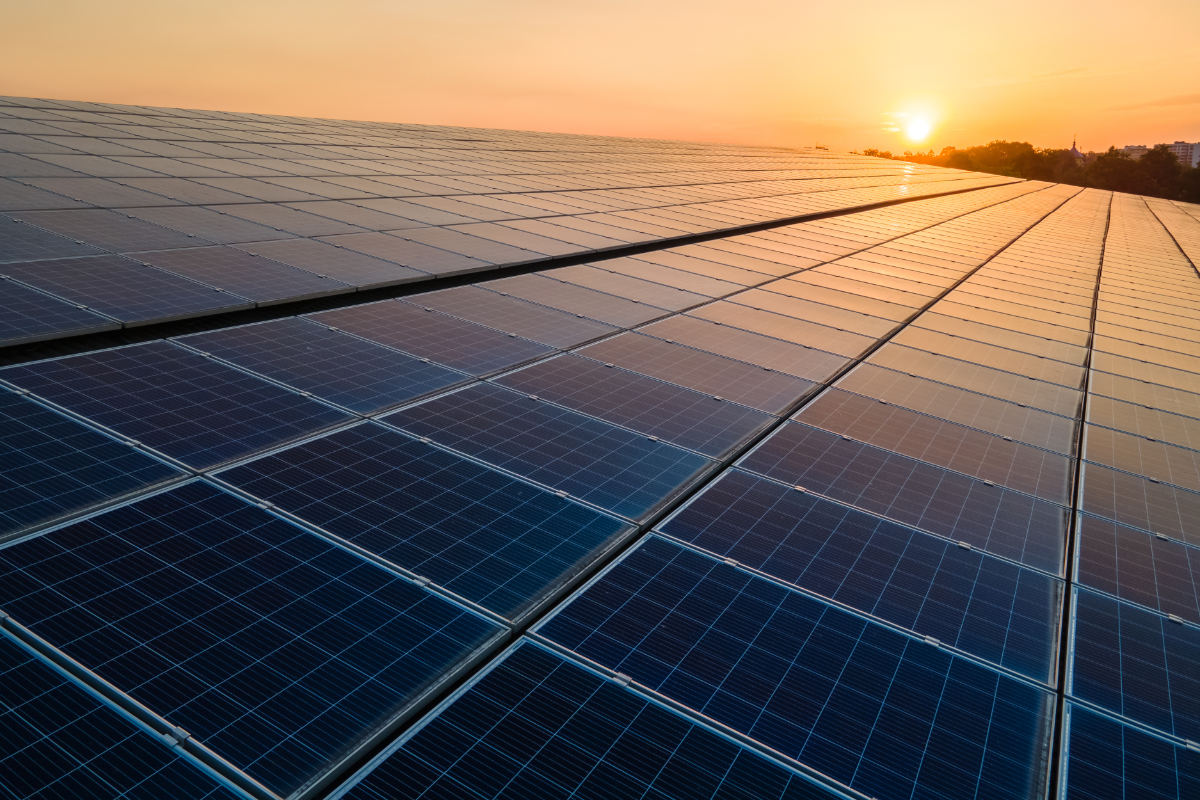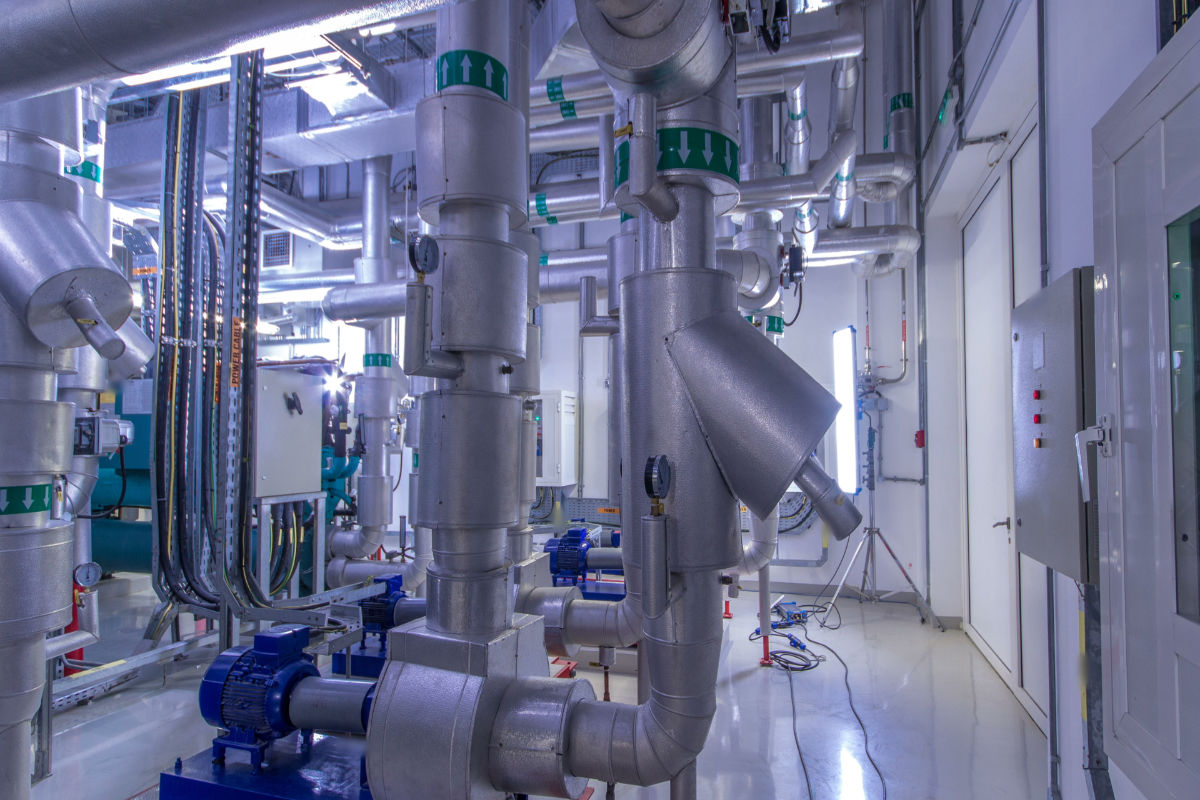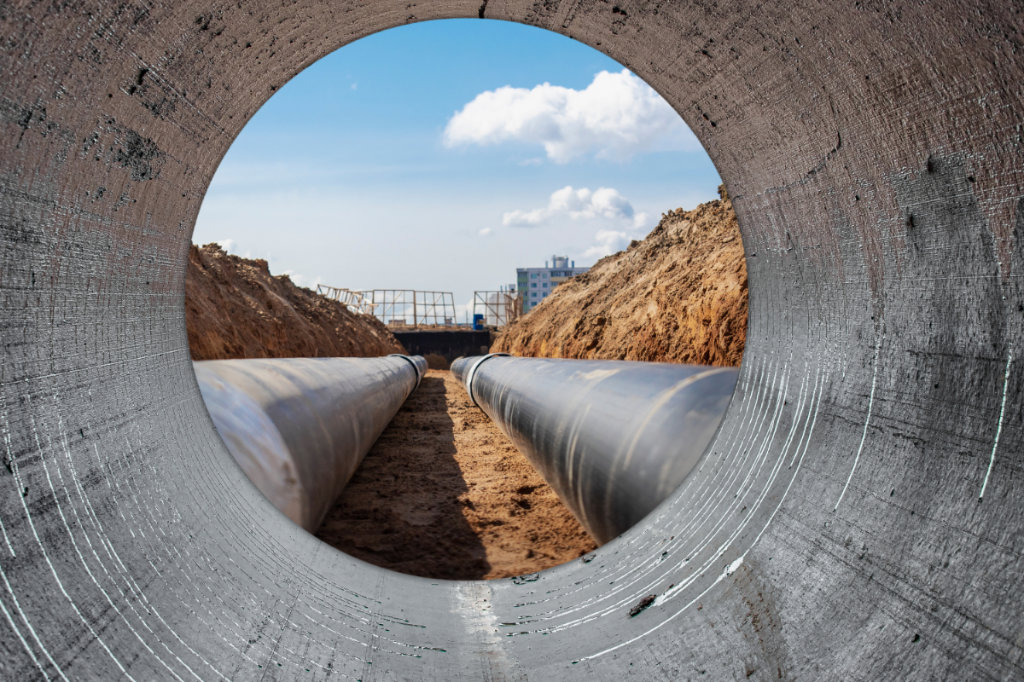
The world of electrical utility power is changing at a remarkable rate, with new types of systems and solutions hitting the market faster than ever before. With this in mind, many people wonder: What is the future of electrical power distribution? How will the ways that we access, use, and save power change over the coming months and years?
We have identified nine key themes that we believe will play an important role in electrical power distribution in the near future.
Smart Grids and Advanced Metering Infrastructure (AMI)
Smart grids use digital technology to monitor and manage electricity flow, improving reliability and efficiency. Similarly, Advanced Metering Infrastructure (AMI) allows real-time data collection and facilitates stronger communication between utility providers and consumers.
Smart grids and AMI enable better demand response, grid optimization, and integration of renewable energy sources. They also reduce downtime through predictive maintenance and enhance customer engagement by providing individuals and communities with insights into their energy usage habits and patterns.
Decentralized Energy Generation and Microgrids
The rise of distributed energy resources (DERs), such as rooftop solar generation and small-scale wind power, is shifting power generation away from centralized plants into localized microgrids.
This decentralization increases grid resilience, especially in the face of natural disasters. This is because microgrids can operate independently of the main grid, providing backup power where necessary. In addition, decentralized energy generation and microgrids are supporting vital sustainability goals by integrating renewable power into more of our energy systems.
Energy Storage Systems
Energy storage technologies, particularly batteries, are crucial for managing the intermittent nature of renewable energy sources, like wind and solar, and ensuring that power is available when consumers need it.
Storage systems stabilize the grid by storing excess power during periods of low demand and releasing it during peak demand. This capability is key to transitioning to a renewable-heavy energy mix and maintaining grid reliability.
There have been significant advancements in battery and other storage technologies in recent years, with even more exciting advancements on the horizon.
Integration of Electric Vehicles (EVs)
In 2020, the BBC reported that in countries like the United States, the transportation sector is responsible for more carbon emissions than any other industry. Electric vehicles (EVs) play a vital role in reducing overall emissions and slowing the devastating effects of climate change.
The integration of EVs presents both challenges and opportunities. EVs can increase grid demand but also offer distributed storage solutions through vehicle-to-grid technology, balancing loads, and supporting grid stability.
As EVs become more widespread, they will not only draw power from the grid but may also potentially serve as mobile energy storage units.
Grid Modernization and Infrastructure Upgrades
Our power needs as a society are greater today than at any other time in history. Aging infrastructure is a significant issue for many power systems and is increasingly no longer up to the task. Modernization efforts focus on upgrading transmission and distribution networks to handle new technologies and increasing demand.
Upgrading key infrastructure is crucial for preventing outages, accommodating renewable energy, and meeting future energy demands. Modernization also includes enhancing cybersecurity to protect the grid from emerging threats. We expect to see these efforts accelerate in the coming years.
Renewable Energy Integration
The increasingly urgent global push for carbon neutrality is driving the use of more renewable energy sources such as wind, solar, and hydropower. This shift requires a reevaluation of grid management to ensure stability.
Integrating a high percentage of renewables also presents additional challenges due to their variability. However, successful integration reduces carbon emissions and aligns with global sustainability goals, necessitating advancements in grid management and storage technologies. Again, we expect to see more advancements in this area in the coming years.
Artificial Intelligence (AI) and Machine Learning (ML) in Grid Management
AI and machine learning ML are revolutionizing industries worldwide and are increasingly being applied to optimize grid operations. From demand forecasting to predictive maintenance and energy trading, AI and ML can play various roles in the distribution and management of electrical power.
These technologies enhance the efficiency and reliability of power distribution by providing real-time analytics and decision-making capabilities, leading to smarter and more responsive grids.
The Role of the Internet of Things (IoT) in Power Distribution
The IoT refers to a network of physical items that are connected to and exchange data over the internet. The IoT is playing an ever-increasing role in power distribution by enabling more granular monitoring and control of grid components.
Strategic use of IoT devices can improve grid efficiency, support predictive maintenance, and enable more sophisticated demand response strategies. This connectivity is key to the future of smart and adaptable power systems.
Resilience and Disaster Preparedness
With climate change leading to more frequent and severe weather events than ever before, resilience in power distribution is becoming a top priority to minimize outages and the disruption they can cause. Therefore, increasing resilience and disaster preparedness will be a major priority over the next few years. Enhancing the grid’s ability to withstand and quickly recover from disasters is essential for maintaining a reliable power supply and minimizing the economic and social impacts of outages.
Consumer Empowerment and Energy Management
Consumers are becoming more active participants in energy management through their interactions with smart home technologies, energy storage, and generation solutions. Empowering consumers not only leads to better energy efficiency but also supports grid stability by allowing more dynamic demand response and distributed generation.
We expect that this trend will continue and that consumers will become more active in managing our electrical power systems.
Ensuring the Future of Our Power Distribution Networks
Here at MAC, we deliver products and services for the distribution, management, and control of electrical utility power and aim to stay ahead of industry changes in this space. We strive to adapt to the times and continue supplying the components and services that our clients need, enabling them to deliver reliable and consistent power to consumers.
If you have any questions about our products, services, or any of the trends we have discussed in this post, please contact us.
Related Posts

What is the Custom Fabrication Process and Why Is It Crucial for Electrical Utility and Transit Projects?

Revolutionizing Cable Cooling: Innovative Solutions for Efficiency and Sustainability in Electrical Utilities



